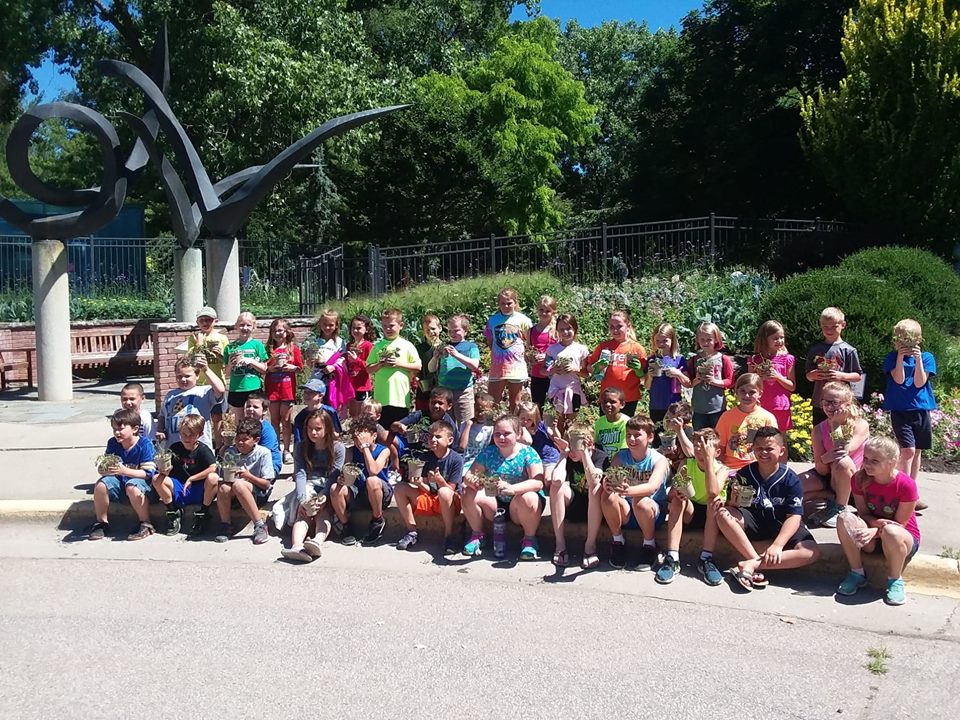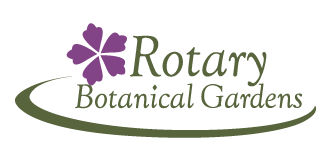Enriching lives through beauty, education, and the arts.
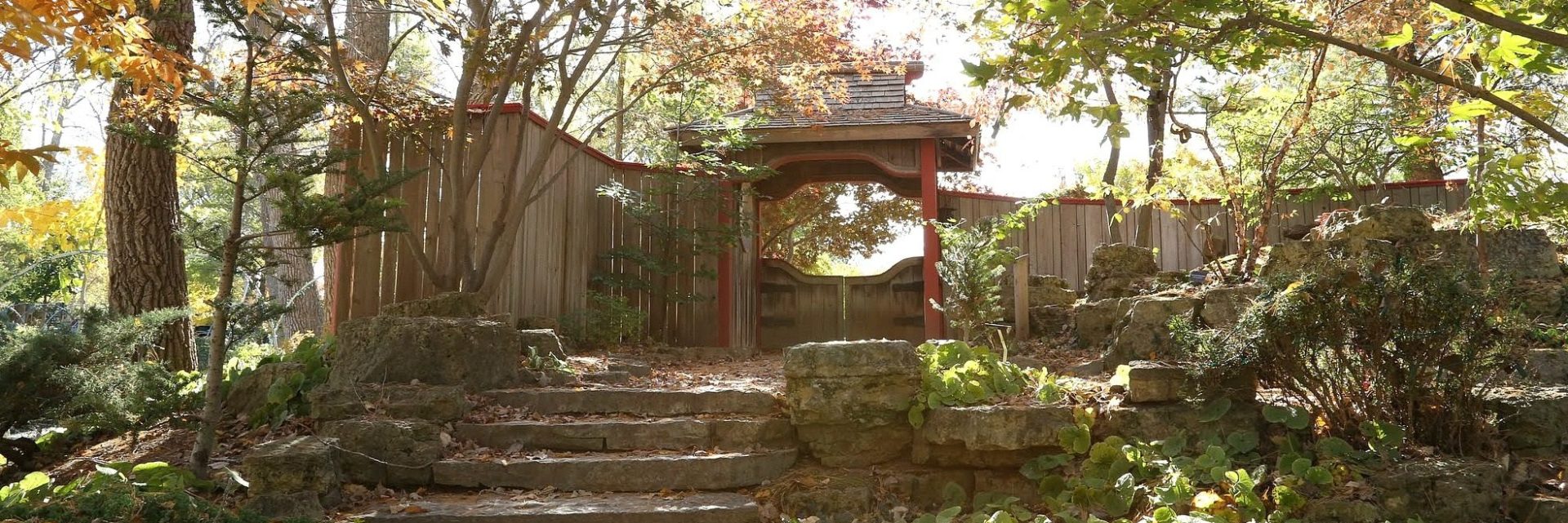
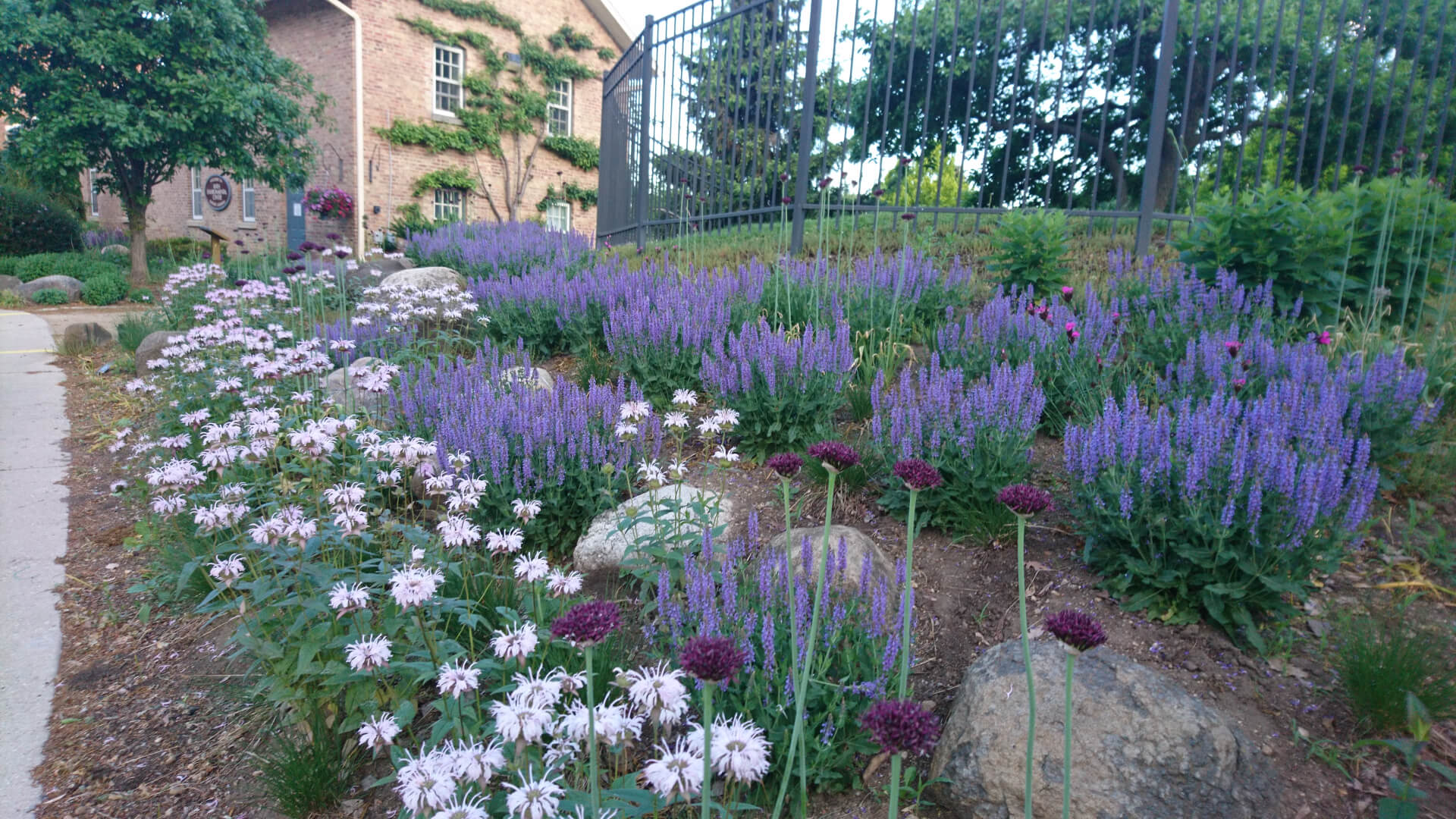
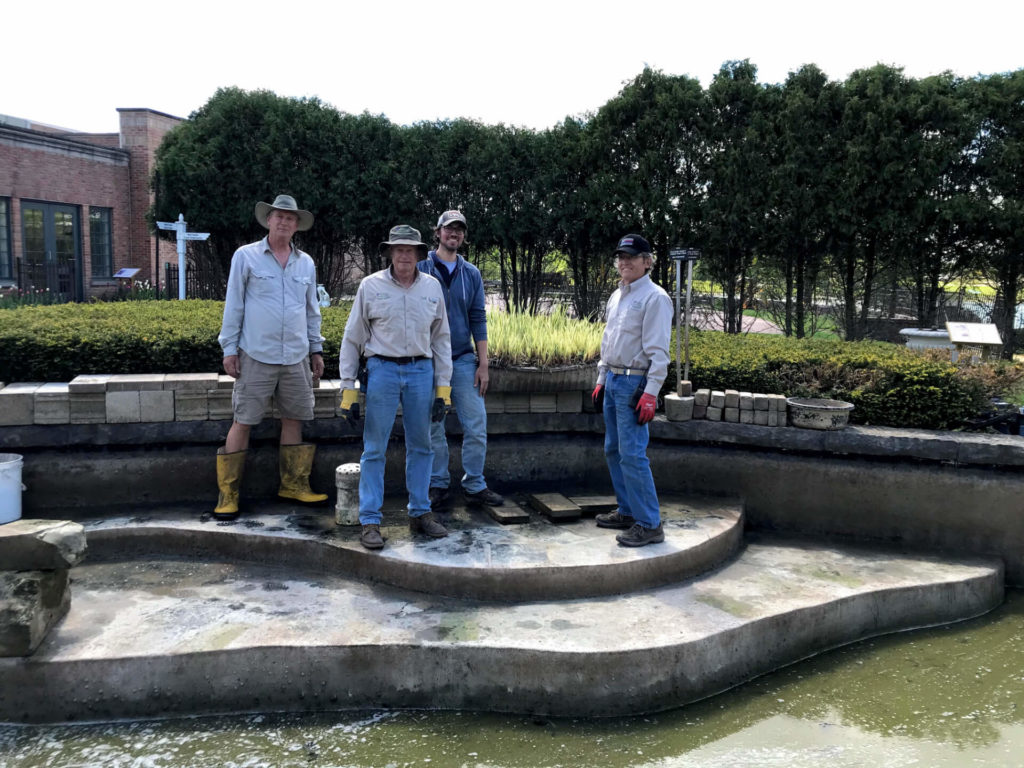
Looking back at some of the changes and updates we made to the Gardens last year
As we flip the calendar to a new year and are in the middle of ordering plants and dreaming of what the garden will look like in 2022, let’s take a look back at the year that was 2021.
A pandemic. Hungry deer. Severe drought. An irrigation system on the fritz. Loss of staff and volunteers. And on top of all that scores of Cottonwoods. These are some of the obstacles that colored 2021 at Rotary Botanical Gardens. Despite these challenges, we moved forward with several initiatives and projects that signal a bright future for the Garden.
At the heart of the road that we are going down is an emphasis on ecology and sustainable practices. The installation of perennial plantings throughout the garden are establishing well and will provide the benefits of year-round interest and habitat for pollinators.
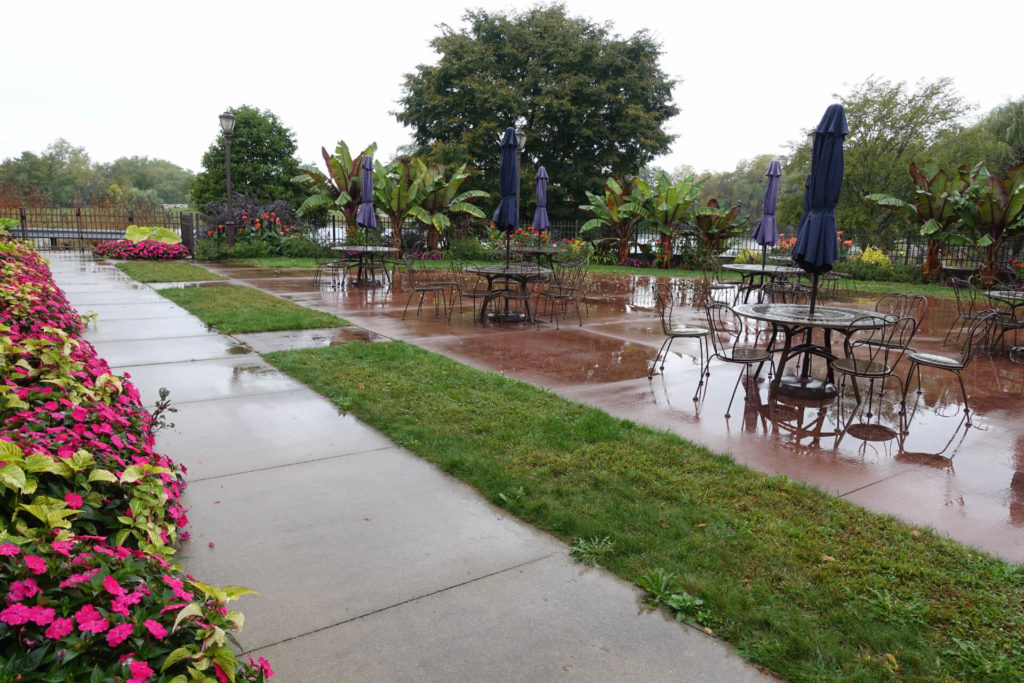
Removing turf is one of my favorite things and we have done our fair share. Turf takes a lot of inputs (fuel, labor, fertilizers) to maintain it at its best and gives nothing back in terms of benefits to wildlife, so where it makes sense, we have given up on it and created perennial beds; this is a botanical garden after all.
Areas in the Entrance Garden, Terrace Garden, and outside the fence line adjacent to the Prairie, all received ‘life after turf’ treatments. We are also phasing out our gas-powered landscape tools in favor of battery-operated versions, which are comparatively a much better choice for the environment.
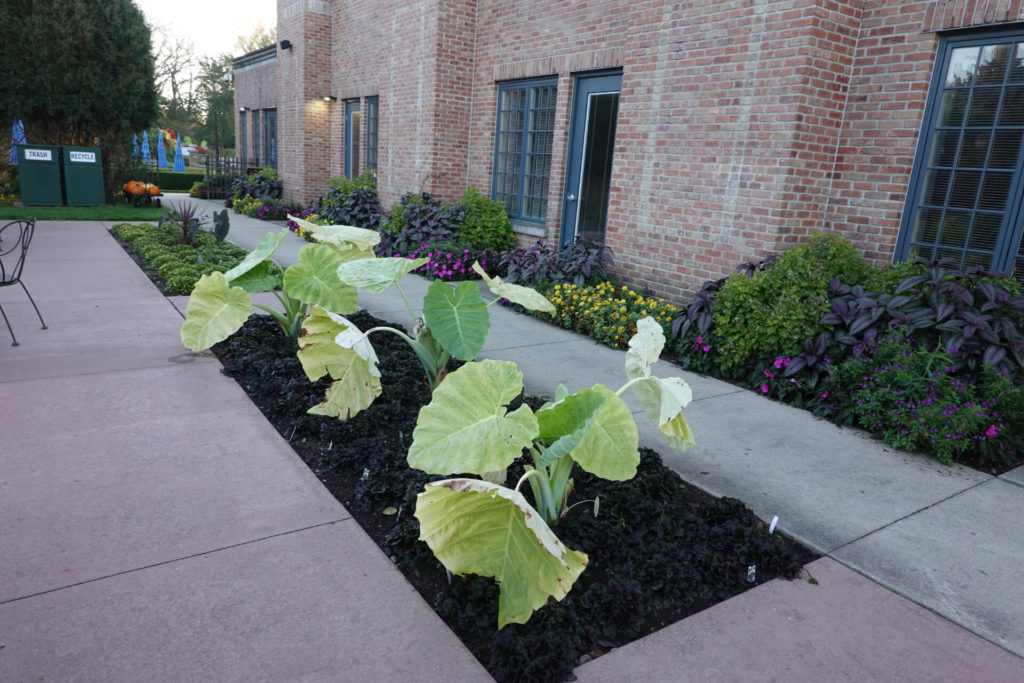
We have methodically looked at the collection from many directions. Low hanging fruit such as replacing weedy species like Populus deltoides, Acer negundo, Ulmus rubra, and Robinia pseudoacacia with species that add more value to the collection has been a priority. When appropriate, we are adding back in species that are uncommon such as Elsholtzia stauntonii, Disanthus cercidifolius, and Acer mandshuricum.
Spaces have been reimagined or are in the process of transformation. For example, an area next to the shoreline, adjacent to the Japanese Garden. This space is loaded with Equisetum hyemale, which is entrenched in the area.
Embracing the Equisetum because it is evergreen, we are converting the area into a Winter Walk. We’ve created a path, removed a dozen cottonwood trees among other scrub, and will be replanting with plants that have strong winter interest because Wisconsin winters are at least 4 months long, right?
Other improvements include the creation of a Cherry Blossom walk that features 13 Prunus x yedoensis trees, the revamping of our North Path Garden to plants native to Rock County and reworking the Koi Pond.
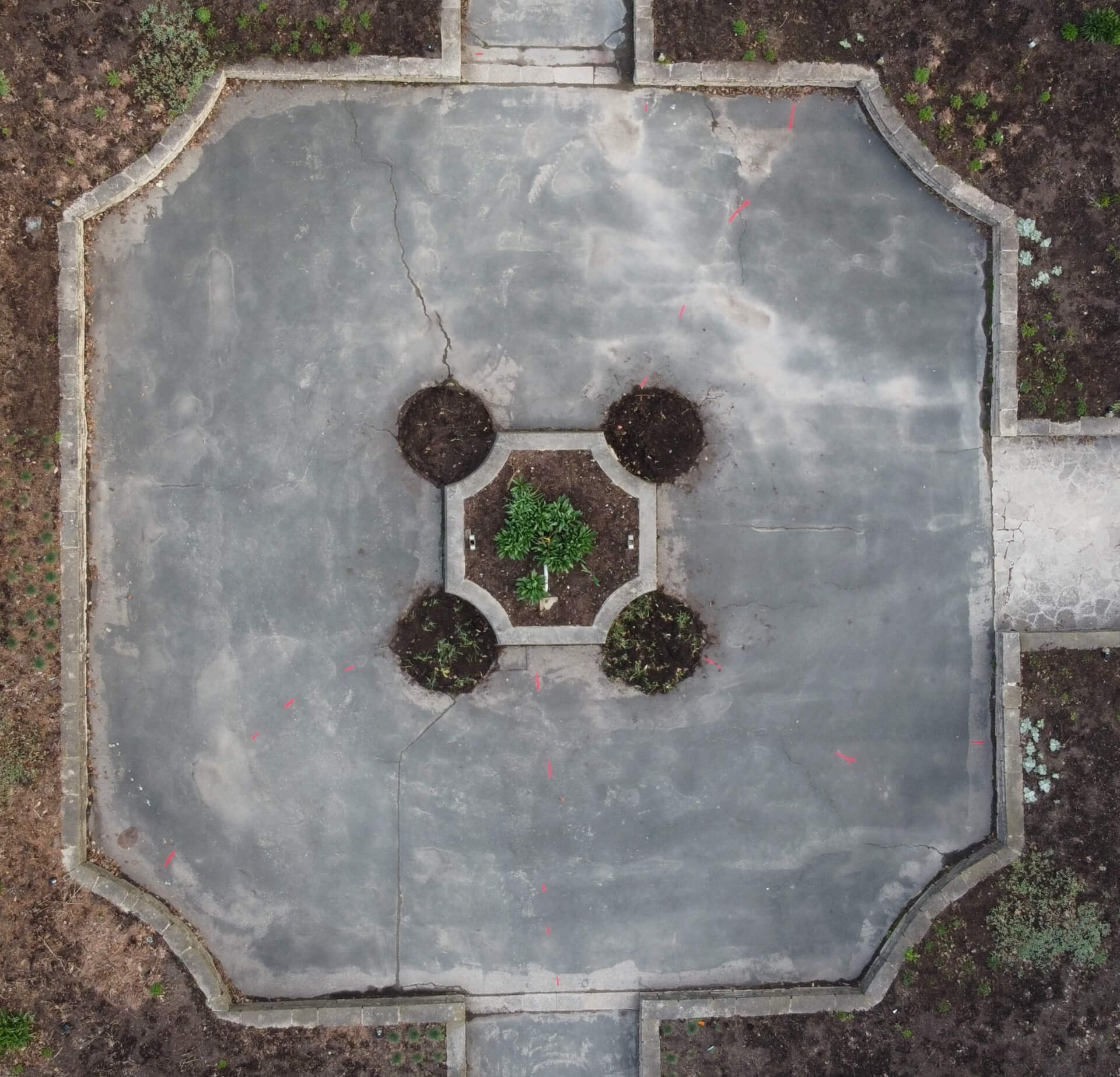
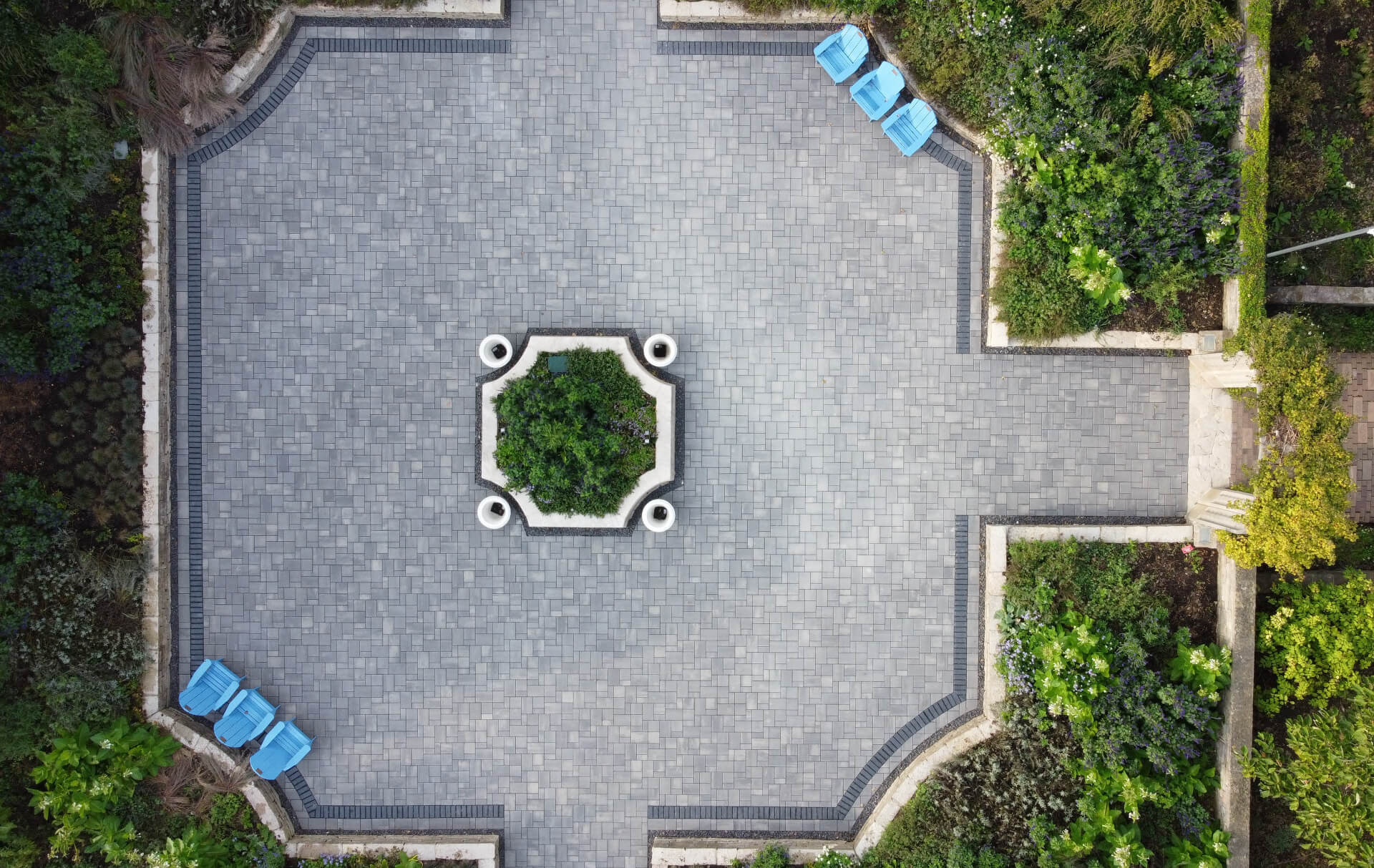
The Reception Garden received a complete resurfacing in late Spring, when the blacktop asphalt was removed and gave way to more elegant Unilock permeable pavers. A slate grey mix with a darker accent was chosen to complement the blue, silver, and white color theme of the surrounding landscape.
Our 2021 Story Walk interpreted Eric Carle’s classic book, ‘The Very Hungry Caterpillar,’ which featured interactive, larger than life fruit displays and matching color blocked flowers. Our Garden Art project complimented the book, as over 30 caterpillars graced our gardens, putting the creative work of local artists on display throughout the summer.
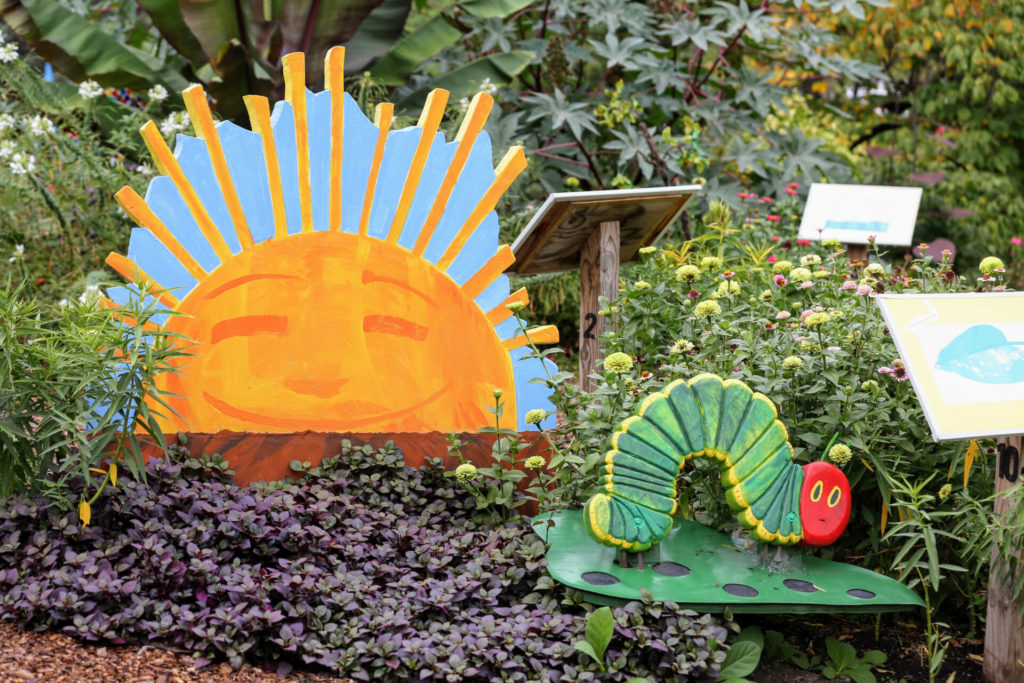
In the Rose Garden, traditional roses that offer the classic fragrance and textbook look of a rose were added to existing groupings of Knock Out and Flower Carpet roses. Furthermore, Nepeta ‘Purrsian Blue’ (catmint) and Calamintha nepeta (calamint) were planted to add flowering interest in between peak rose blooms in mid-to-late June. The hybrid tea, floribunda, and grandiflora roses that were added in 2021 were covered with compost in November to help insulate them through the winter.
With a garden that is now 32 years old, it was clear from my first day that significant resources had to be put into infrastructure. I’m a big believer in correcting the “little things” and that paying attention to the fine details of a garden can elevate it to something special.
We have ripped up outdated edging, stained, sanded, power washed, or applied some good ole’ elbow grease to many of our hardscape elements. We’ve replaced cracked or outdated containers with dry cast Longshadow planters in several areas with plans to install more containers next year.
Two years into my time at the Garden, I’ve come to expect the unexpected. It has been a challenge, but that’s not necessarily a bad thing. I’m having the time of my life and looking forward to more in 2022. This is fun.
PS: Speaking of more. We added A LOT of bulbs this autumn, we lost count somewhere around 55,000, so be sure to check out this display in the spring. We are all working so hard and invite you to come visit us and see what we are up to.
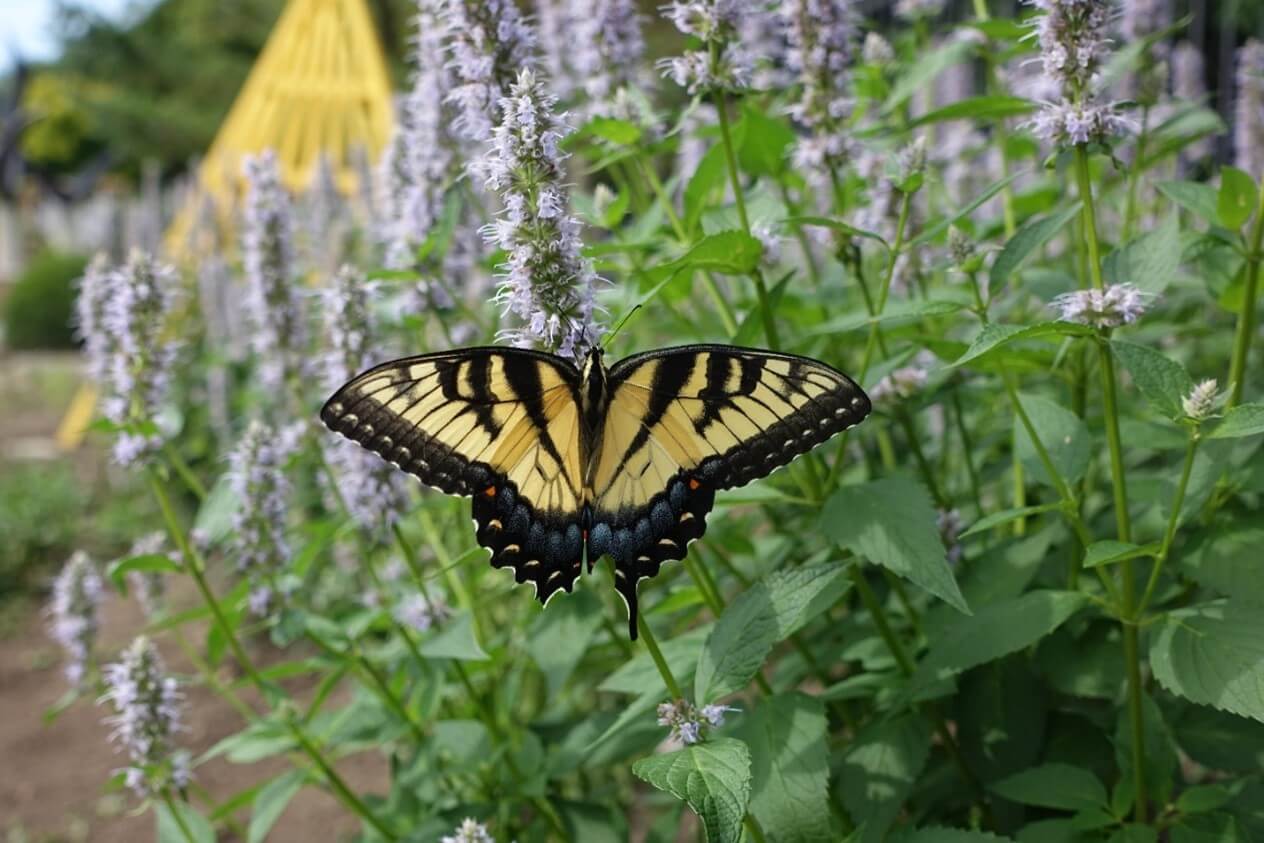
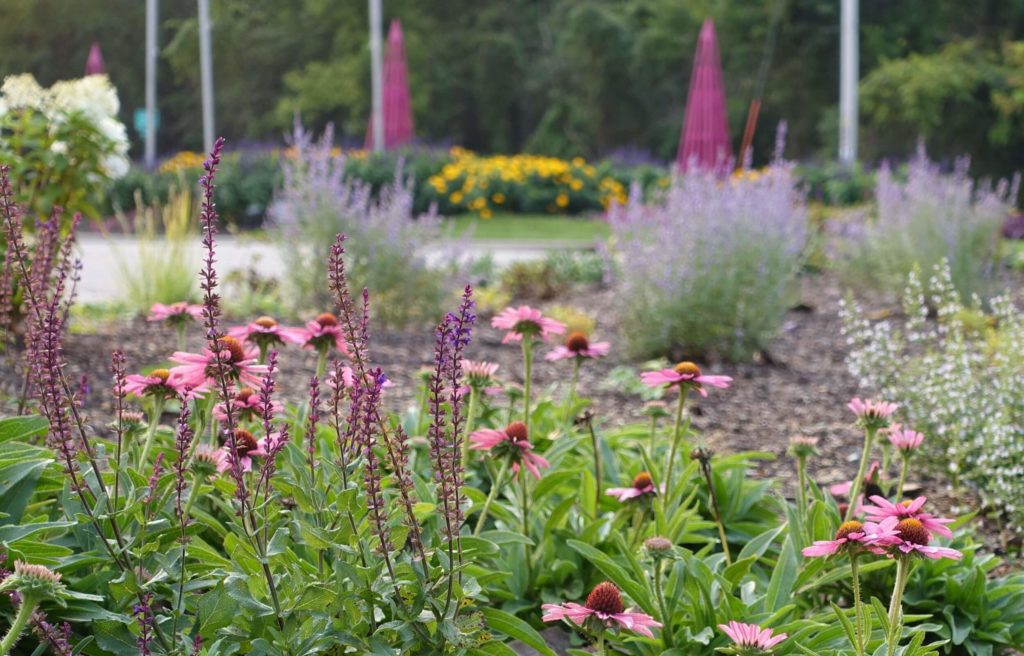
New York, Chicago, and Detroit. What will Janesville soon have in common with all these major metropolis’? Rotary Botanical Gardens will soon have gardens that have been inspired by the New Perennialist Movement.
The Sustainable Path
If you have visited RBG lately, you probably have noticed that the garden beds in the Entrance Gardens are transitioning to a new style of planting. From the parking lot island beds, we have removed the existing boxwoods and repurposed them as hedges throughout the Labyrinth and Wellness Garden. In addition, the front slope and visitor center beds will also get this same treatment. Why plant the gardens in this manner? These gardens will feature plant communities that provide sustainability, wildlife habitat, year-round interest, and in time, lots of color.
This style of plantings has largely been popularized by Piet Oudolf and Roy Diblik, whose book ‘The Know Maintenance Perennial Garden’ has been a huge inspiration of mine. The perennials and grasses in these matrix plantings have been selected to perform well with each other, taking in consideration how vigorous of growers they are and how they will work in combination with each other throughout the year. We will see these gardens transition throughout the year, with different plants being showcased at different times.
Although we are still in the process of planting, we intend to add another layer of interest with the addition of flowering bulbs this fall. This will provide an early pop of color as the perennials awake from their winter slumber. The perennials and grasses will be left up over the course of the winter, not only to provide winter interest and protect the crowns of the plants from extreme winter conditions, but to provide habitat for insects, animals, and other wildlife. In late winter or early spring, the plants will be cut back or mowed at a high length.
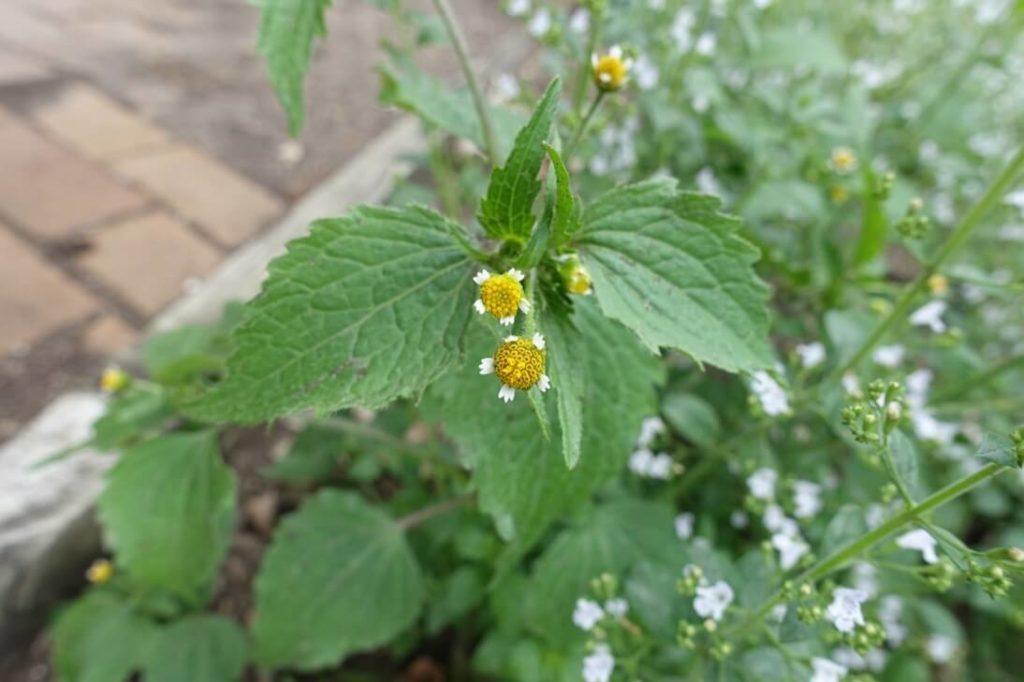
Finding Ourselves In The Weeds
One issue that these gardens have been faced with is a persistent presence of weeds. As these beds mature, they will cover the ground and prevent the sun from germinating weed seeds that exist in the soil. One annual weed in particular has been a nuisance, that being Galinsoga parviflora or Quickweed; as its name implies it can litter an area with leaf mass and seed prolifically with great speed. Many volunteer and staff labor hours have gone into controlling this weed and we look forward to when these areas are covered by ornamental plants and this weed is suppressed.
A reduction in the amount of inputs are another benefit we are looking forward to. As the perennials establish over the next year, we will not have to water them with the frequency that we currently water most of our annuals (some 3 times a week). These perennials will only need water in times of high temperatures or long durations without rain. Additionally, we will not be using fertilizers and since we will not be bringing in plants for these areas annually, we will reduce our carbon footprint in terms of fuel used to get the plants here and the large amounts of plastic that we are left with in terms of pots and cell trays.
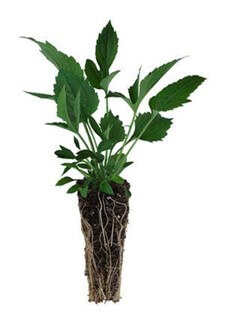
Slowly but Surely
Some plants that will be featured in these plantings include, Calamintha ‘Montrose White’, Sporobolus heterolepis ‘Tara’, Agastache ‘Blue Fortune’, Allium ‘Summer Beauty’ and Salvia ‘Caradonna’. The plants have been installed mostly as landscape plugs; these are deeply rooted and smaller than the standard gallon sized containers that plants typically come in, but are easier to dig (a factor to consider when planting thousands of plants) and much more economical (also to a factor to consider when taking on a project of this magnitude). And knowing that perennials have a longer life cycle than annuals and thus develop slower, these gardens will mostly be growing roots this year.
Next year we will see an increase in the size and amount of flowers and we will see the plants head into peak in year three. This a large shift in style from what we have displayed in the past and patience will need to be exercised as the plants establish. It is my hope that this patience will give way to something beautiful for years to come.

Jesiolowski has spent most of his career at public garden institutions, most recently as Garden Supervisor at Missouri Botanical Garden in St. Louis, Missouri. At Chicago Botanic Garden, where he was Senior Horticulturist, he was responsible for the Entrance Gardens, which encompassed the Visitor’s Center, Grunsfeld Children’s Growing Garden, and the Regenstein Learning Campus. He created the seasonal displays in these areas, spearheaded the creation of gravel garden beds in the Parking Lots, and added hundreds of new taxa to the collection.
Jesiolowski, born in Oak Park, IL, received his formal training through the University of Illinois, where he earned a bachelor’s degree in Horticulture. He also has experience working at The Morton Arboretum (Lisle, IL), Bernheim Arboretum (Clermont, KY), Epic Systems (Verona, WI), and the University of Wisconsin-Whitewater.
As Director of Horticulture, Jesiolowski leads horticulture staff and volunteers, where they balance the building of creative display gardens, with the development of sustainable plant collections with diversity.
You can follow Michael on Instagram at @Up_in_my_tree
Email Michael at [email protected]
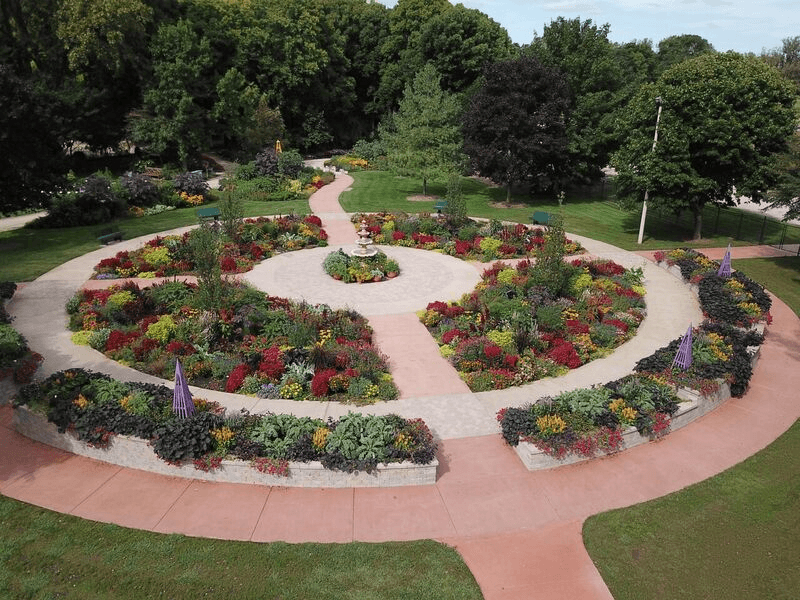
During a summer 2019 trip the Gardens, Pamela Dittmer McKuen, Freelance Journalist and Author, gathered information for her Spring 2020 article, titled “How to Grow a Wellness Garden.”
The article, features both Rotary Botanical Gardens as well as Wellness Garden Design with regard to the process and purpose of a Wellness Garden. Displayed on page 7 is a photo by Volunteer Garden Photographer, Marsha Mood. Director of Horticulture, Michael Jesiolowski is also quoted within the article.
In 2018, Rotary Botanical Gardens unveiled the Wellness Garden, funded by a private donor, Ruth Ann Potts and our local Mercyhealth System.
You can learn more about our Wellness Garden, here.
Thank you to the Janesville Area Visitors and Convention Bureau for bringing the Geiger Media Tour to Janesville!
“When guests have vision impairments or mobility issues, they can come to this garden and enjoy it like everyone else.”
– Michael Jesiolowski
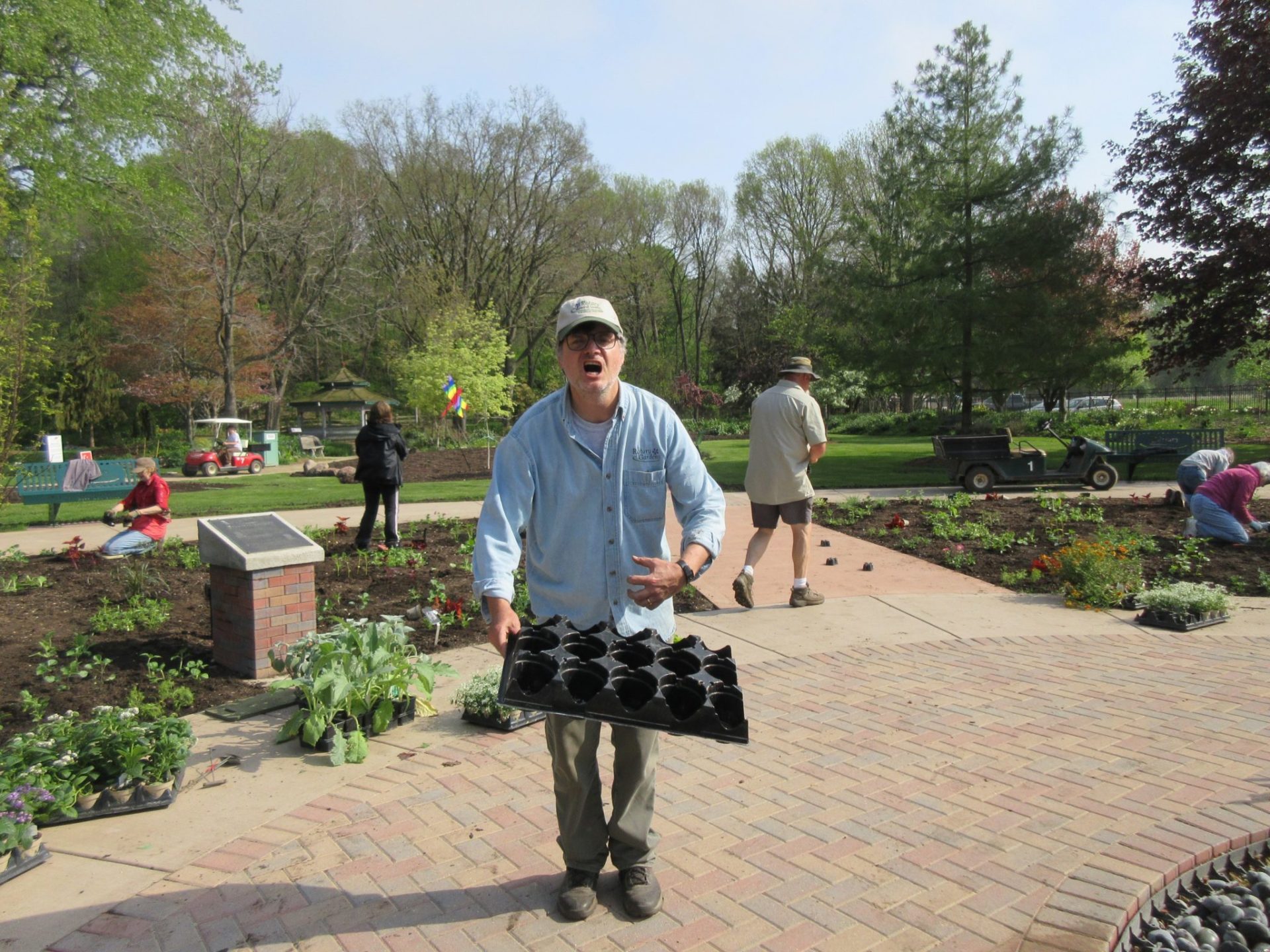
As I finish my 21 year journey at Rotary Botanical Gardens, I’d like to thank all the folks that have made this a special place over the 30 year history of the development of the garden. With so many dedicated volunteers and staff (past, present and future), the gardens will continue to excel as it pursues excellence in honoring our mission of providing education and inspiration for our visitors. I’ve enjoyed my time at the gardens and will always look back fondly on my experiences at the gardens and appreciate the opportunity to develop both personally and professionally at this very special garden. I include my last blog photo of a school group below that came to help plant our new Wellness Garden (2018) as inspiration and a reminder for all of us to continue to foster and nurture not only Rotary Botanical Gardens but the children that will be future visitors, volunteers, supporters and our next generation of environmental warriors.
